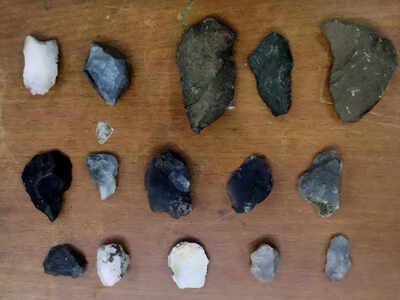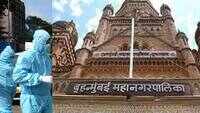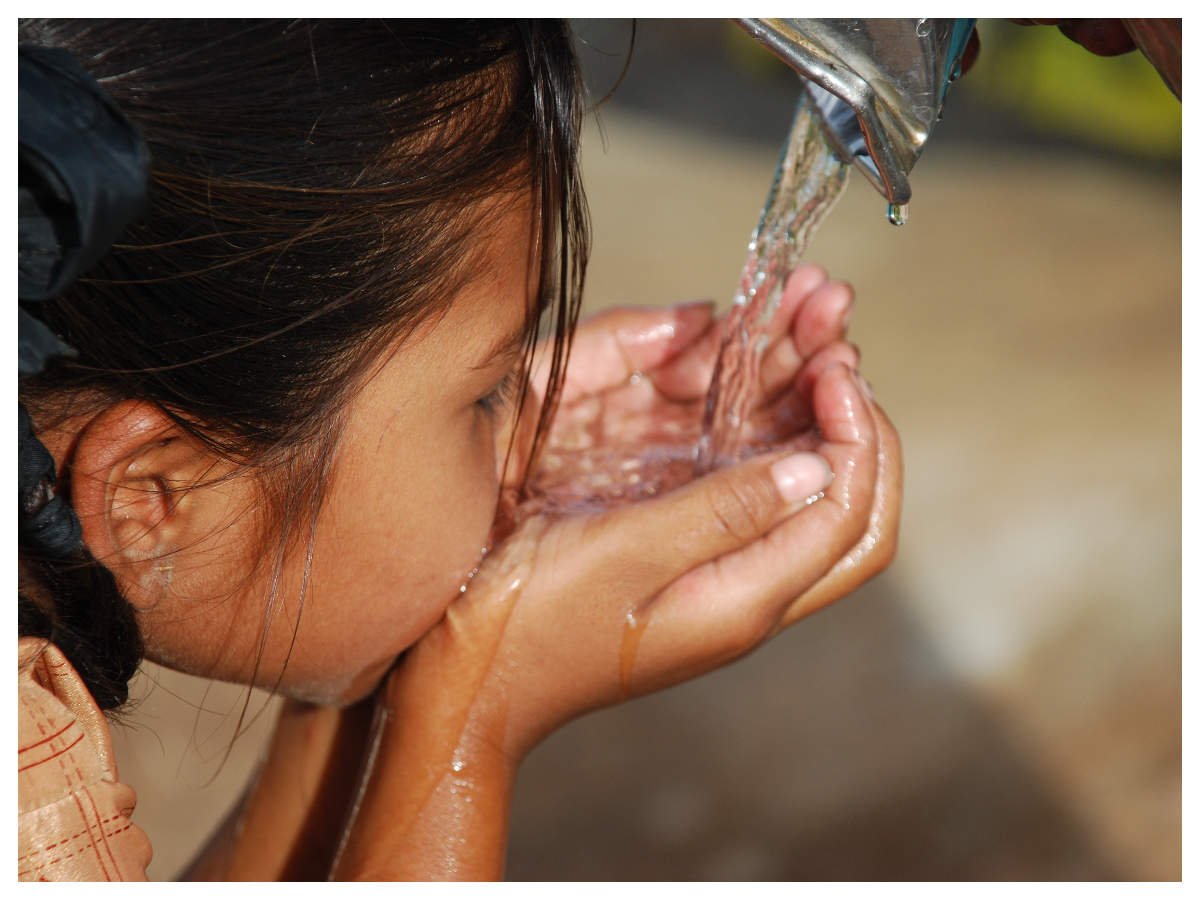
UDUPI: T Murugeshi, associate professor of ancient history and archaeology, MSRS College, Shirva has discovered a promising Mesolithic site at Iduru-Kunjadi in Kundapur taluk, Udupi district here. This site is close to the rock art site of the Mesolithic period that Murugeshi had reported earlier in 2019. The site is in Mookambika wildlife reserve forest.
West coast of Karnataka consists of three districts, namely Uttara Kannada, Udupi and Dakshina Kannada.
From a geological and environmental point of view, the west coast of Karnataka is akin to that of Kerala and Konkan. As many as 23 sites with Mesolithic spread were discovered by L S Rao of ASI Branch in 1992-93, 14 sites by Shivtarak, two each by Murugeshi and Rajendran P and one by Raghavendra Shenoy. Murugeshi has earlier reported a unique Mesolithic Rock Art site with microliths spread at Avalakkipare. It is the only such site in coastal Karnataka.
At Iduru-Kunjadi, finds of Mesolithic tools characterised by blades, scrapers, burine, fluted cores, arrowheads and flakes are of non-geometric pattern. They resemble totally the tools found in a stratigraphic context at Uppinangady on the Nethravathi basin in Dakshina Kannada district. Rajendran had assigned the date of Uppinangady site to earlier than 4000 BC. Murugeshi said the Iduru-Kunjadi site is assignable to 6000 BC.
On analysing the rock art displayed at Avalakkipare, a conclusion can be drawn that Iduru-Kunjadi is just an extension of Avalakkipare site. The Iduru-Kunjadi site even today has a huge grazing plain of a variety of animals like wild buffaloes, wild boars, deers and other animals, which supposedly might have been a hunting plain in prehistoric times. Murugeshi in February 2019 had announced discovery of petroglyphs of prehistoric importance near Kollur.
West coast of Karnataka consists of three districts, namely Uttara Kannada, Udupi and Dakshina Kannada.
From a geological and environmental point of view, the west coast of Karnataka is akin to that of Kerala and Konkan. As many as 23 sites with Mesolithic spread were discovered by L S Rao of ASI Branch in 1992-93, 14 sites by Shivtarak, two each by Murugeshi and Rajendran P and one by Raghavendra Shenoy. Murugeshi has earlier reported a unique Mesolithic Rock Art site with microliths spread at Avalakkipare. It is the only such site in coastal Karnataka.
At Iduru-Kunjadi, finds of Mesolithic tools characterised by blades, scrapers, burine, fluted cores, arrowheads and flakes are of non-geometric pattern. They resemble totally the tools found in a stratigraphic context at Uppinangady on the Nethravathi basin in Dakshina Kannada district. Rajendran had assigned the date of Uppinangady site to earlier than 4000 BC. Murugeshi said the Iduru-Kunjadi site is assignable to 6000 BC.
On analysing the rock art displayed at Avalakkipare, a conclusion can be drawn that Iduru-Kunjadi is just an extension of Avalakkipare site. The Iduru-Kunjadi site even today has a huge grazing plain of a variety of animals like wild buffaloes, wild boars, deers and other animals, which supposedly might have been a hunting plain in prehistoric times. Murugeshi in February 2019 had announced discovery of petroglyphs of prehistoric importance near Kollur.

Coronavirus outbreak
Trending Topics
LATEST VIDEOS
City
 Jyotiraditya Scindia and his mother test positive for Covid-19, admitted to Delhi hospital
Jyotiraditya Scindia and his mother test positive for Covid-19, admitted to Delhi hospital  Umar Khalid's aide Khalid Saifi taken under police custody for his role in Delhi anti-Hindu riots
Umar Khalid's aide Khalid Saifi taken under police custody for his role in Delhi anti-Hindu riots  Mumbai: 55-year-old senior BMC officer dies of Covid-19
Mumbai: 55-year-old senior BMC officer dies of Covid-19  All students to be promoted, Tamil Nadu Class 10 board exams cancelled
All students to be promoted, Tamil Nadu Class 10 board exams cancelled
More from TOI
Navbharat Times
Featured Today in Travel
Quick Links
Kerala Coronavirus Helpline NumberHaryana Coronavirus Helpline NumberUP Coronavirus Helpline NumberBareilly NewsBhopal NewsCoronavirus in DelhiCoronavirus in HyderabadCoronavirus in IndiaCoronavirus symptomsCoronavirusRajasthan Coronavirus Helpline NumberAditya ThackerayShiv SenaFire in MumbaiAP Coronavirus Helpline NumberArvind KejriwalJammu Kashmir Coronavirus Helpline NumberSrinagar encounter
Get the app



